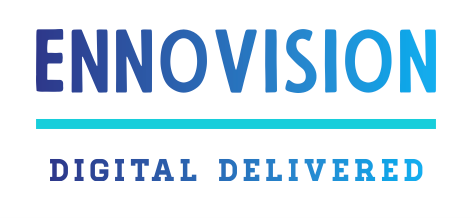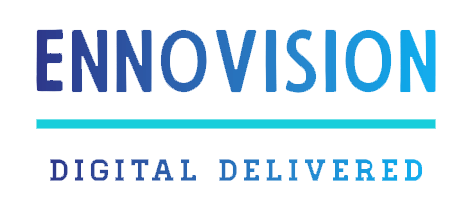Hard as it might be to believe, the business world is currently dealing with the biggest talent
shortages of the 21st century. According to a 2022 report by KPMG of 2,200 surveyed
technology executives and industry experts, a lack of talent is the number one
challenge complicating the adoption of digital technologies.
Just as many businesses began to come out of the Covid-19 pandemic. Around the world,
they are now facing another major crisis. But is this a crisis for the HR organisation alone to
deal with? Or does it require a collective response from the business as a whole?
This article will briefly cover why there is a global talent shortage and how should
companies be dealing with it.
Understanding The Talent Shortage
Over the past couple of years, the pandemic accelerated the need for automation and
innovation. This was combined with job losses and an eventual “great resignation” due to
changing working conditions and evolving employee expectations and priorities.
At the same time, businesses prioritized the need for the digitalization of processes, with
increased investment in automation, cloud and cyber. On top of that, people who used to
do work that’s now automated will need to learn new skills or even change their profession.
The trend of digitalization has created a demand for 20 million to 50 million jobs globally by
2030.
The role of HR; while sourcing, identifying, and hiring specific type of employees is one of
the core areas of HR practice. In today’s candidate-driven market, the ownership of
successfully hiring candidates lies with every person involved in the process, from
management to business teams, the interviewer and HR. Each has a significant role to play.
Starting with management; It is essential to build a value proposition in line with the
millennial and Generation Z workforce. Companies must build and deliver value proposition
that prioritizes employee engagement, flexibility, well-being, work-life balance, diversity and
inclusion, and engaging ways of career advancement through professional learning and
personal development.
Business teams; provide a seamless candidate experience. Conversations struck with a
candidate during the interview process, before selection and onboarding are part of the
‘courtship period’ where the right messaging, consistent behaviour and gratitude for the
candidate’s time and effort can go a long way. This is where business and talent acquisition
teams can convey the company story and highlight the culture, thereby reflecting
transparency and building trust during the hiring process.
Provide ample Upskilling and Reskilling opportunities.- Due to the surge in technology
adoption across industries, the new-age workforce prioritises learning new skills and future-
proofing their careers by devoting a significant portion of their time to learning and
development. Providing time, incentives and appropriate recognition for the employee skills
can strengthen the bond and
These are just some ways to improve the overall candidate experience, showcase your
commitment and seriousness as an employer and in turn potentially increase the joining
rate in your organisation.
HOWEVER
As an employer, you must also recognise and accept that the present-day talent is going to
change jobs more frequently than in the past. This acceptance allows businesses to
constantly strive for a larger pool of talent in the current candidate-driven market where
candidates have the upper hand. And though these trends continue to make businesses
anxious, these are also opportunities when organisations take a step back, relook and
redesign their hiring and engagement strategies to attract, hire and retain top talent.
At ennovision, we have several highly effective workforce and talent solutions available off
shelf and custom made to your requirements.
– From hiring local talent in India, EU and the UK.
– To sponsoring and placing engineers across EU and the UK.
– To hire, train and deploy resources globally/remotely.
Let us speak today, for a conversation with our industry leading experts, having a thorough
understanding of the current and future workforce challenges. Helping you identify the key
bottlenecks in your talent and workforce supply chains. And providing you with quick fixes
to medium to long term structural changes in your organisation’s approach and
commitment to talent provisioning.




